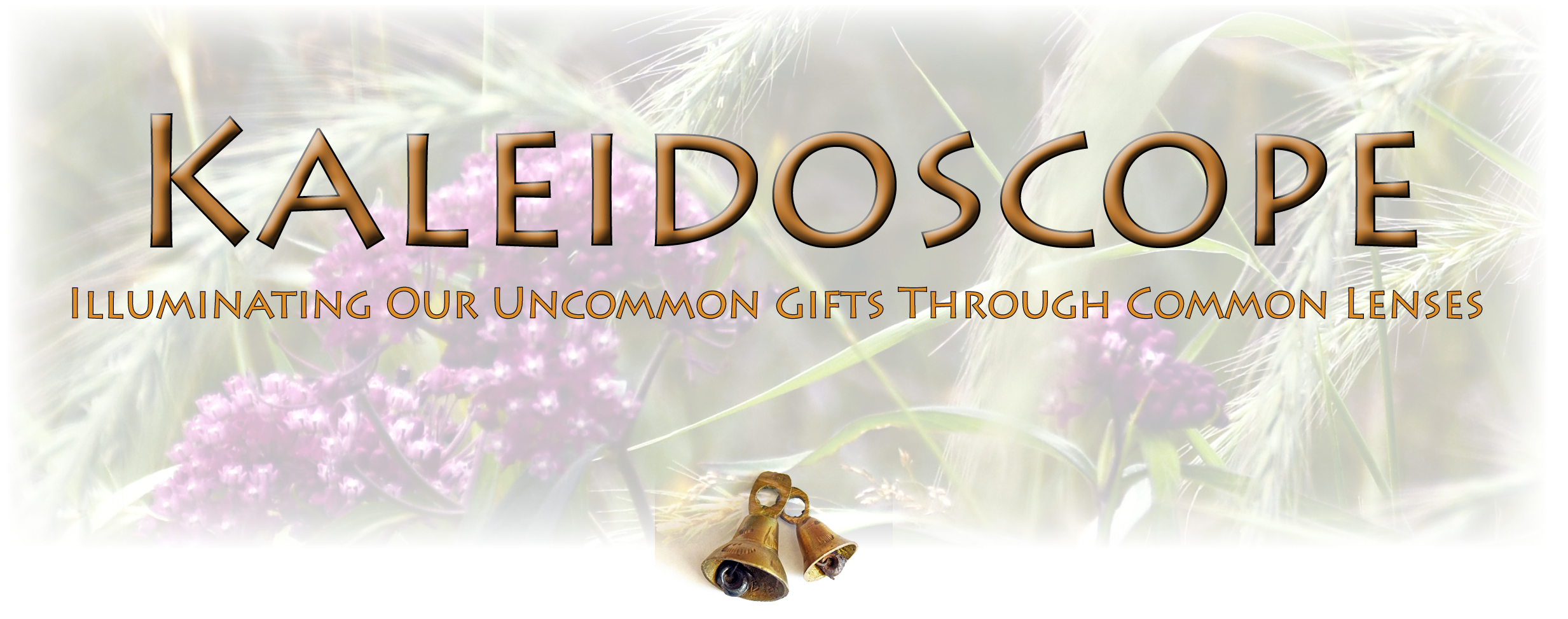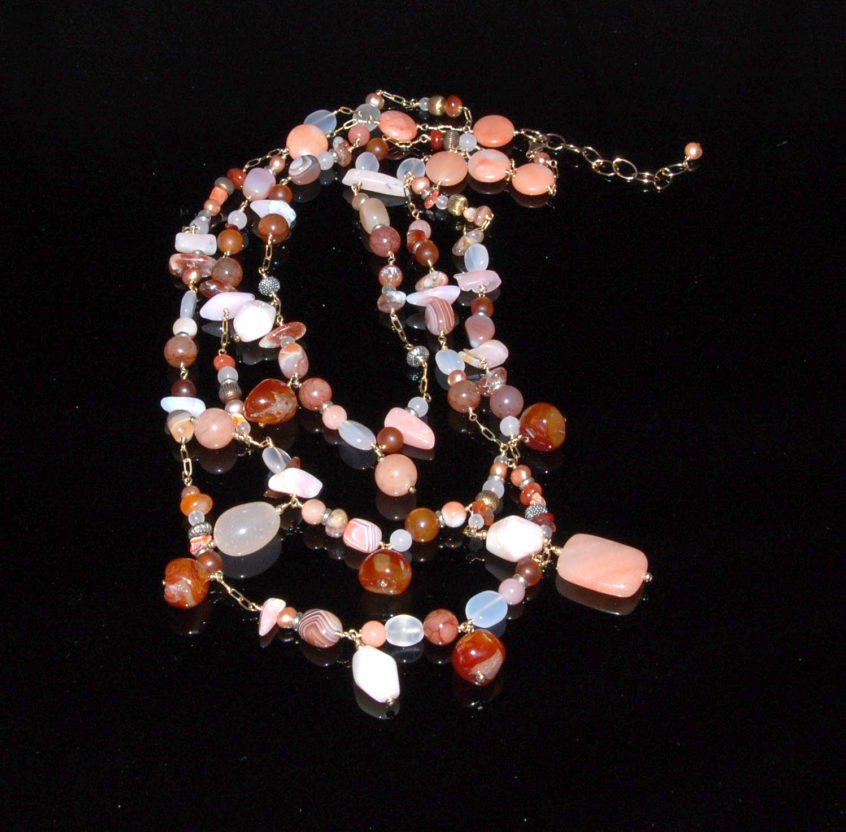Music is geometry in time. ~ Arthur Honegger
I was doing a search on Google and ‘accidentally’ came upon the book entitled Beethoven: The Musical Geometer: A Study of the Golden Ratio, Vesica Piscis and Pi in Beethoven’s Music by R.K. Owens.
The author’s objective is to explain how “Beethoven structured the geometry behind the music to create timeless masterpieces that resonate with people the world over.”
A few words from the book description, The book maps out the geometry behind the music. In addition to using the Golden Ratio, the Vesica Piscis, Pi, the author also uses the Unit Circle, and the multiplications of 9 “to demonstrate how the proportions of Beethoven’s music correspond with the pleasing symmetrical proportions present in the mathematics of nature.”
~~~~~
When we do the math, beauty results. ~ Barbara Shipka
This book conjured up an experience I had in 2004. I was designing the Healing Stones at the time and was also exploring the gifts of tuning forks, numerology. and sacred geometry. I decided I wanted to have a set of four forks that were in the key of D (D, F#, A, D). I learned of a man in California who could make them for me so I called him. While we were speaking, he mentioned that he had another set of 11 forks that might interest me. They are calibrated to the Rings of Saturn based on NASA data. That intrigued me. Especially since I was in the midst of my second Saturn Return. I thought the set might inspire me to create a prayer necklace for myself. And that’s exactly what happened.
When the forks arrived I discovered that each fork had a number on it that was the frequency of the fork and, thus, of one of Saturn’s rings. These numbers went out four or five decimal places. I hadn’t expected that! So I decided to use numerology to see if I could grasp some on the underlying structure of the forks and, thus, the rings. It was a fascinating and very rewarding experience. As I worked with the forks, I played not only with the sounds but also with the numbers that represented the difference between combinations of two forks when they are struck together because when two tones are played, what we hear is the difference between them.
I still have the rather thick file of all of my results. I used the results to create the necklace design in the photo above. The necklace, PrayersTones, came to be because of the numbers on the 11 forks. My work with the numbers showed some very interesting patterns. One is that almost all are odd numbers. The most commonly occurring number is 9. Then comes 3, 7, 5, the master numbers 11, 33, 55, and then 1. The least occurring numbers are 4, 8, and 6. The numbers 2 and 22 do not occur at all. Yet they are present everywhere – hidden as the intervals between all of the other numbers that do occur.
For the necklace design, first, I used the most frequent odd numbers (especially 9 and 11) as the underlying structure. Secondly, a different pattern contributes to the placement of the hanging stones. The 12 large stones represent the Fibonacci Spiral or Golden Ratio which is a basic building block in nature. If you are interested in learning more about the numbers in the design, visit PrayersTones.
So…without knowing it until now, I used some of the same building blocks as Beethoven used. How did he know to do that? After all, I don’t think he had a set of tuning forks calibrated to the Rings of Saturn. How magical!
Photo by Barbara

